Brexit glossary: from max fac and Chequers to Norway and Canada +++
The Week's guide to all the jargon you need to know as the UK gets set to exit the EU
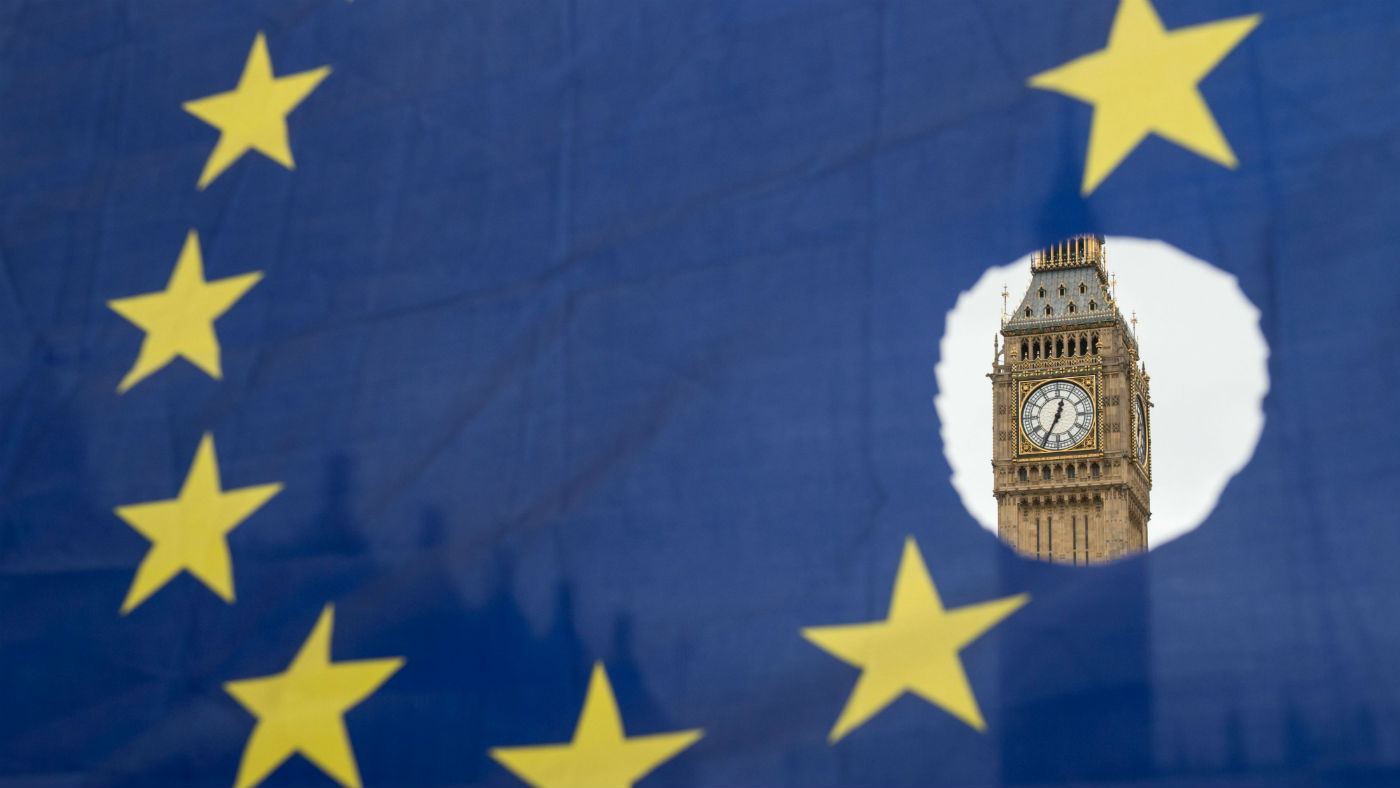
The language of Brexit has proven almost as complicated as the process itself, with the House of Commons library even seeking a specialist Brexit editor to make sense of it all.
With less than six months to go before Britain leaves the EU, “the post has been created to give MPs and their staff the ‘information they need to scrutinise the Brexit process’ and help them make ‘well-informed decisions’”, according to The Times.
Here is just some of the jargon the new Commons employee will have to get their head around and some concise definitions by The Week:
The Week
Escape your echo chamber. Get the facts behind the news, plus analysis from multiple perspectives.

Sign up for The Week's Free Newsletters
From our morning news briefing to a weekly Good News Newsletter, get the best of The Week delivered directly to your inbox.
From our morning news briefing to a weekly Good News Newsletter, get the best of The Week delivered directly to your inbox.
Article 50
This is the formal mechanism for exiting the EU: the clause in the 2007 Lisbon treaty that allows any member state “to withdraw from the union in accordance with its own constitutional requirements”.
Withdrawal agreement
The UK and EU are negotiating a withdrawal agreement that will cover all parts of Britain's exit from the bloc, including the divorce financial settlement (or “Brexit bill”), Irish border and citizens' rights. It is “separate from any treaty on the UK's future relationship with the bloc, with the withdrawal agreement to be voted on by MPs at the end of the Brexit process”, says Sky News.
A free daily email with the biggest news stories of the day – and the best features from TheWeek.com
Canada +++ or Super Canada model
This potential model of Brexit, favoured by Boris Johnson and the hardline Brexiteers, is a free trade agreement like the one Canada has with the EU, but better (hence +++). Goods traded between the UK and EU have to be checked at the border but there wouldn’t be any import taxes. Brexiteers “want it because it takes the UK out of the EU’s orbit compared to now”, says The Independent, but it is not supported by Theresa May.
Norway model
Favoured by soft-Brexiteers, the Norway model offers an example of what it’s like to remain in the single market, but not be in the EU. The government's own impact assessment found the Norway option would be the least damaging in terms of economic harm but it would involve the UK being a member of the European Economic Area (EEA) and thereby accepting freedom of movement and laws of the market that are made in Brussels.
Chequers plan
Theresa May’s Brexit plan named after the Prime Minister's country residence, where it was agreed at a meeting of the Cabinet in July. It includes a “common rulebook” for all goods traded with the EU and a “facilitated customs arrangement”, which aims to maintain frictionless trade in goods but not services or workers, dividing the four freedoms of the EU which have remained the bloc’s red lines in negotiations.
Irish backstop
The backstop is a position of last resort and has been needed for the thorny issue of the Irish border. The challenge has been to find an arrangement that doesn’t derail the peace process by creating a hard border between Ireland and Northern Ireland or between Northern Ireland and the rest of the UK. May “wants a backstop that would see the whole of the UK staying in the customs union for a limited period of time after the transition period, something the EU has said is unacceptable”, says the BBC.
Max fac
“Max fac” - short for “maximum facilitation” - is a proposed customs system that “would rely on technological checks to maintain an open border” in Ireland, explains PoliticsHome. It is favoured by Brexiteers but critics say it would not solve the Irish border question as there would still need to be tariff checks on the border, a red line for the Irish government.
-
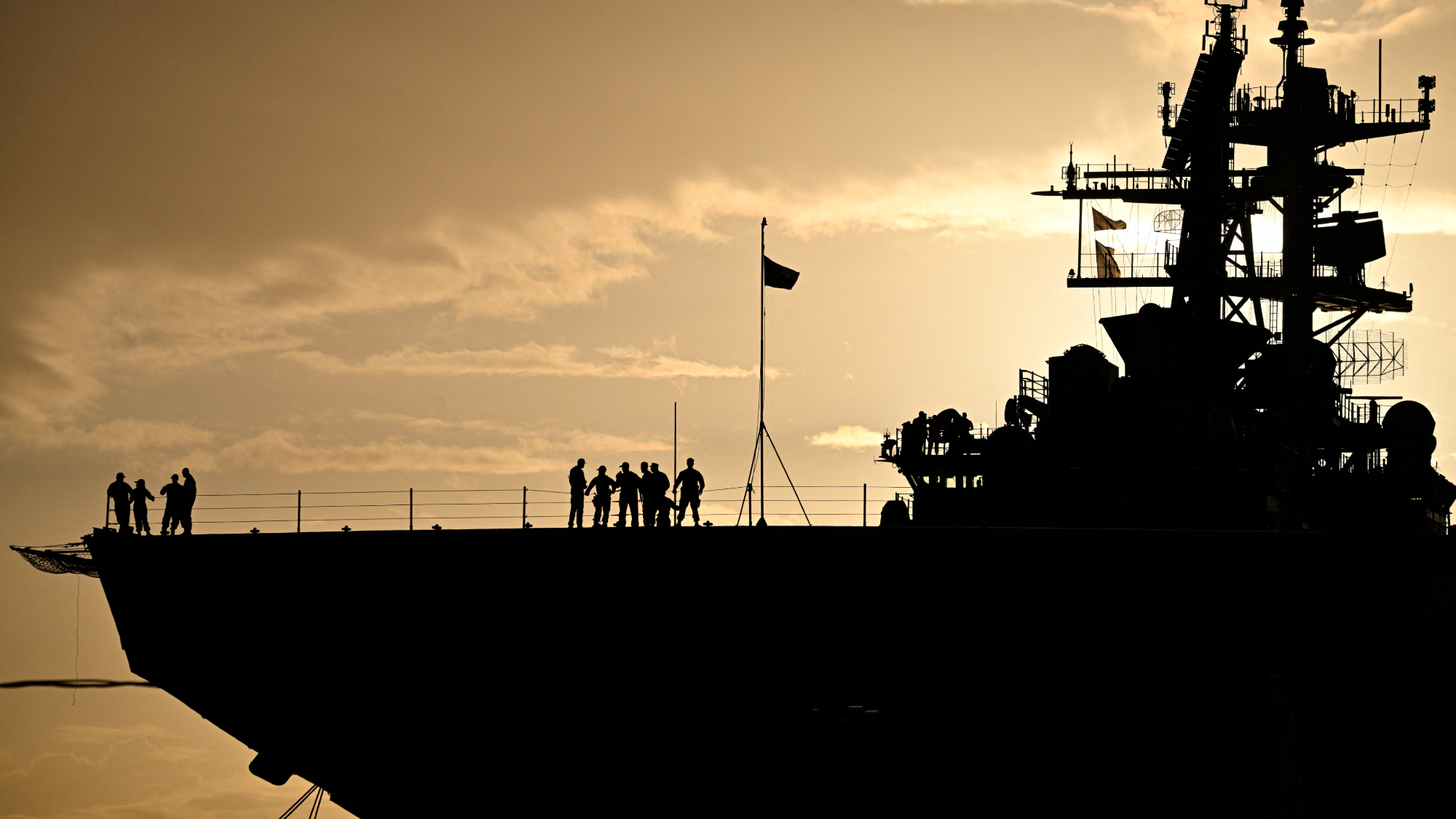 Trump vows naval blockade of most Venezuelan oil
Trump vows naval blockade of most Venezuelan oilSpeed Read The announcement further escalates pressure on President Nicolás Maduro
-
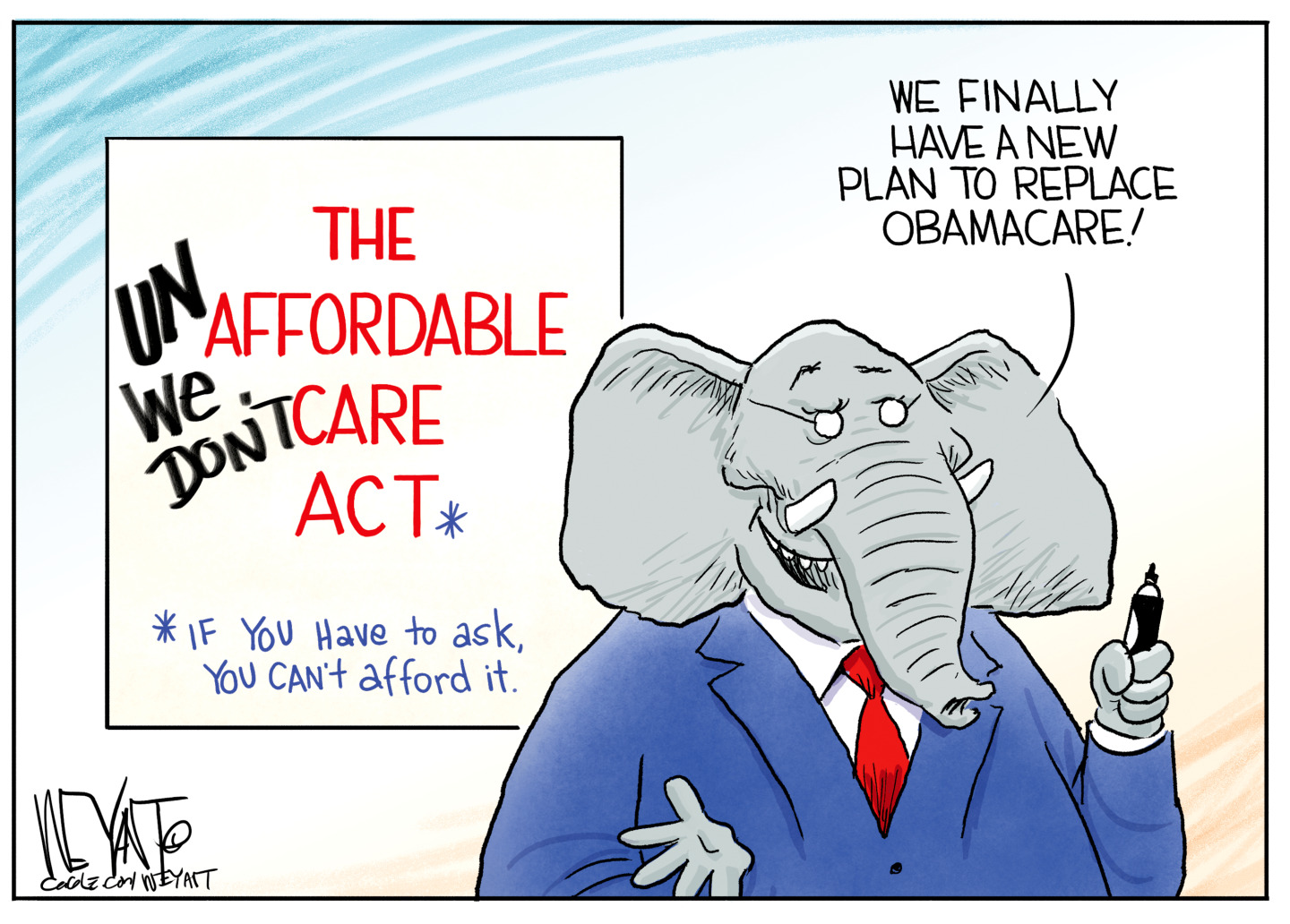 Political cartoons for December 17
Political cartoons for December 17Cartoons Wednesday's political cartoons include healthcare costs, the affordability hoax, giving up pencils, and more
-
 Trump vs. BBC: what’s at stake?
Trump vs. BBC: what’s at stake?The Explainer The US president has filed a $10 billion lawsuit over the editing of Panorama documentary, with the broadcaster vowing to defend itself
-
 ‘The menu’s other highlights smack of the surreal’
‘The menu’s other highlights smack of the surreal’Instant Opinion Opinion, comment and editorials of the day
-
 Moscow cheers Trump’s new ‘America First’ strategy
Moscow cheers Trump’s new ‘America First’ strategyspeed read The president’s national security strategy seeks ‘strategic stability’ with Russia
-
 Is a Reform-Tory pact becoming more likely?
Is a Reform-Tory pact becoming more likely?Today’s Big Question Nigel Farage’s party is ahead in the polls but still falls well short of a Commons majority, while Conservatives are still losing MPs to Reform
-
 Taking the low road: why the SNP is still standing strong
Taking the low road: why the SNP is still standing strongTalking Point Party is on track for a fifth consecutive victory in May’s Holyrood election, despite controversies and plummeting support
-
 Is Britain turning into ‘Trump’s America’?
Is Britain turning into ‘Trump’s America’?Today’s Big Question Direction of UK politics reflects influence and funding from across the pond
-
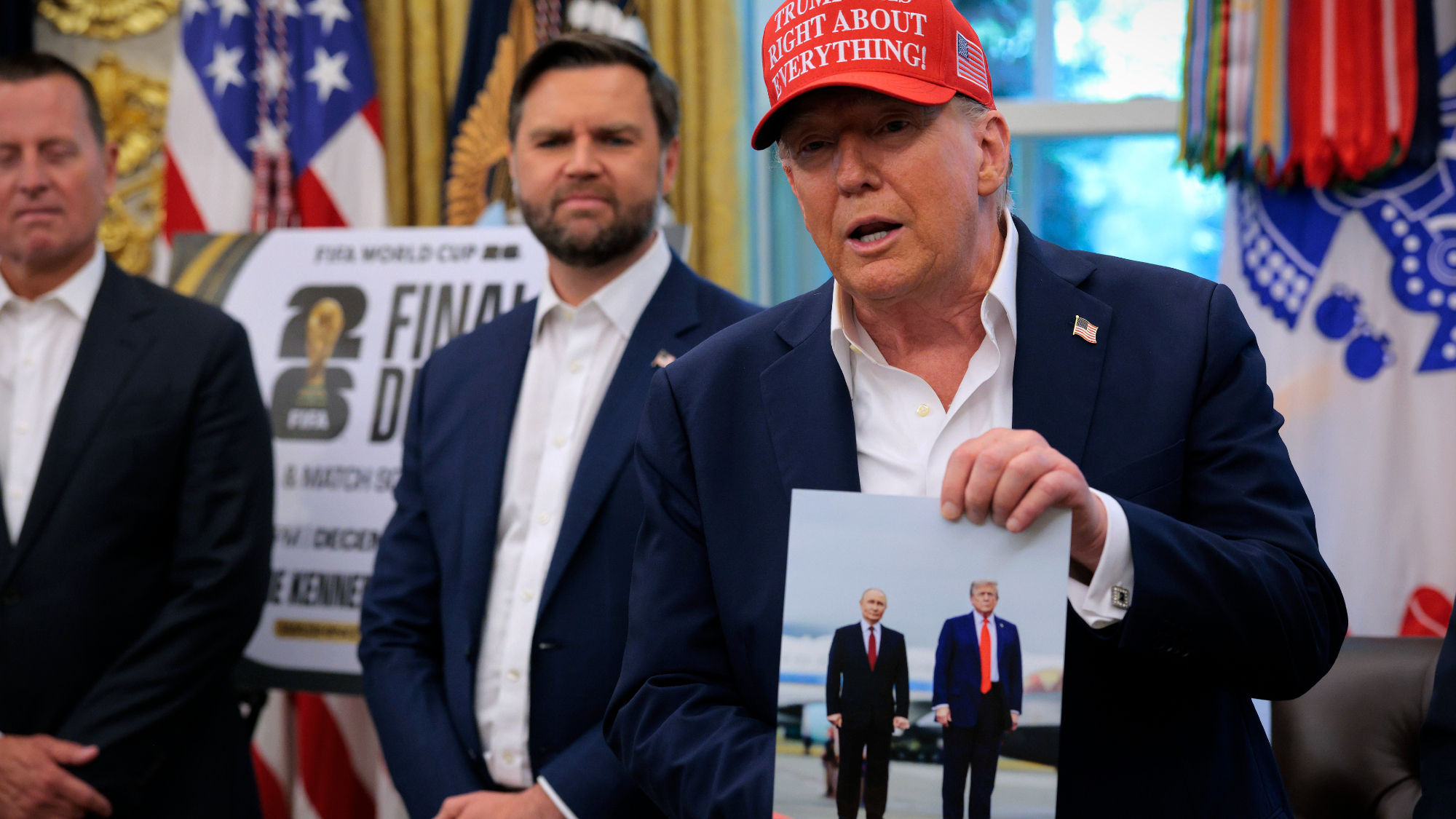 Russian drone tests Romania as Trump spins
Russian drone tests Romania as Trump spinsSpeed Read Trump is ‘resisting congressional plans to impose newer and tougher penalties on Russia’s energy sector’
-
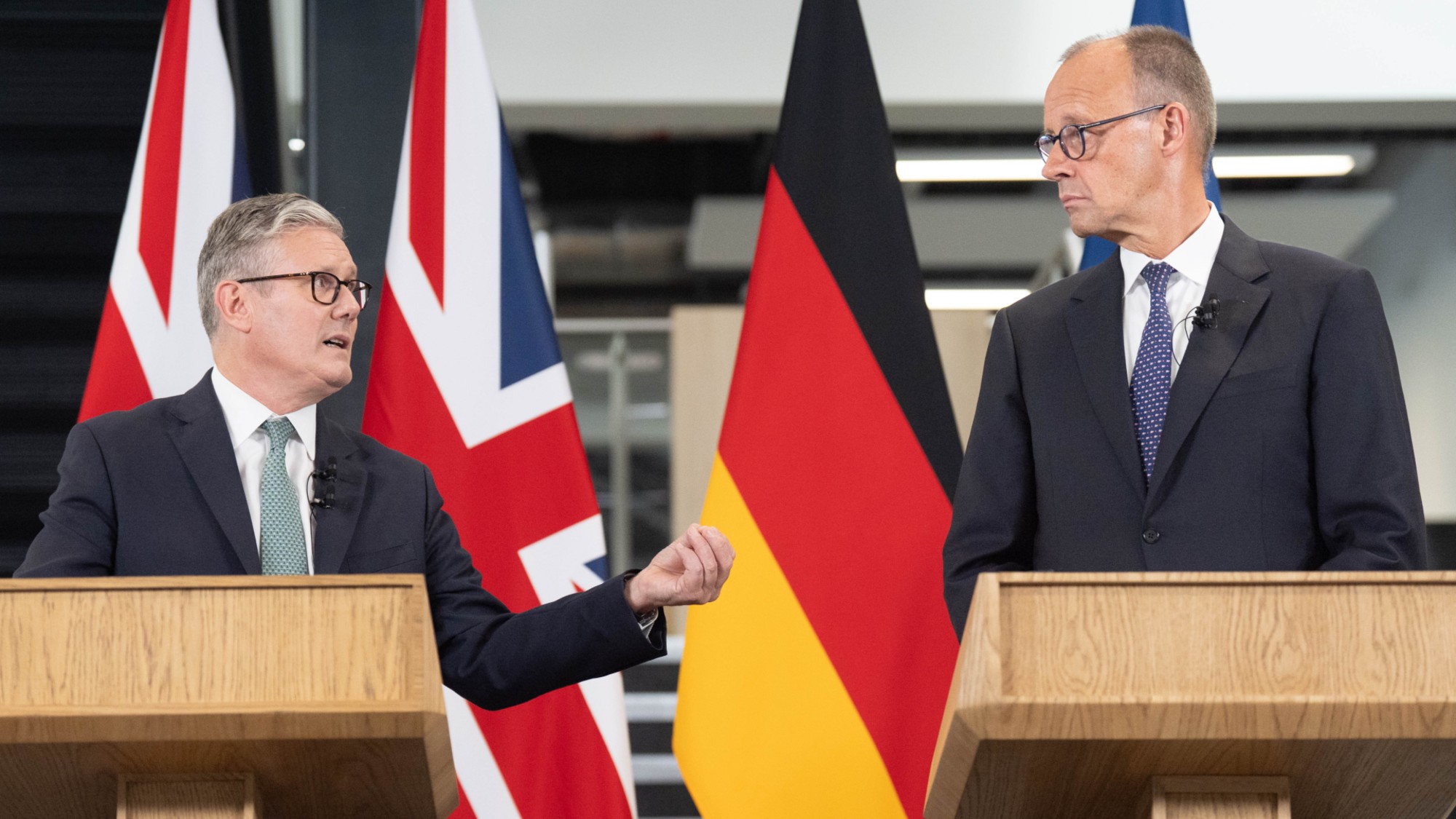 What difference will the 'historic' UK-Germany treaty make?
What difference will the 'historic' UK-Germany treaty make?Today's Big Question Europe's two biggest economies sign first treaty since WWII, underscoring 'triangle alliance' with France amid growing Russian threat and US distance
-
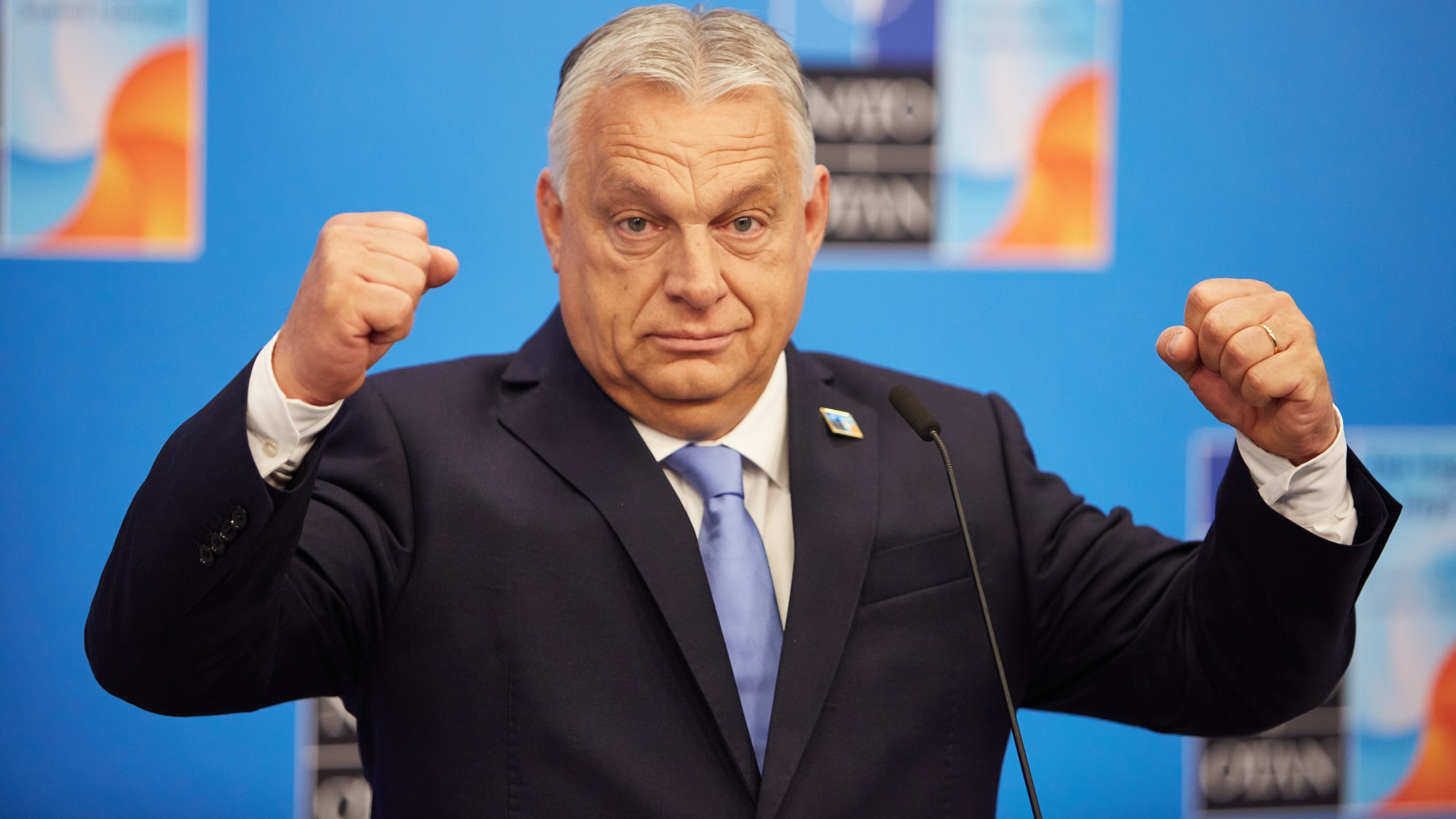 Viktor Orban: is time up for Europe's longest-serving premier?
Viktor Orban: is time up for Europe's longest-serving premier?Today's Big Question Hungarian PM's power is under threat 'but not in the way – or from the people – one might expect'